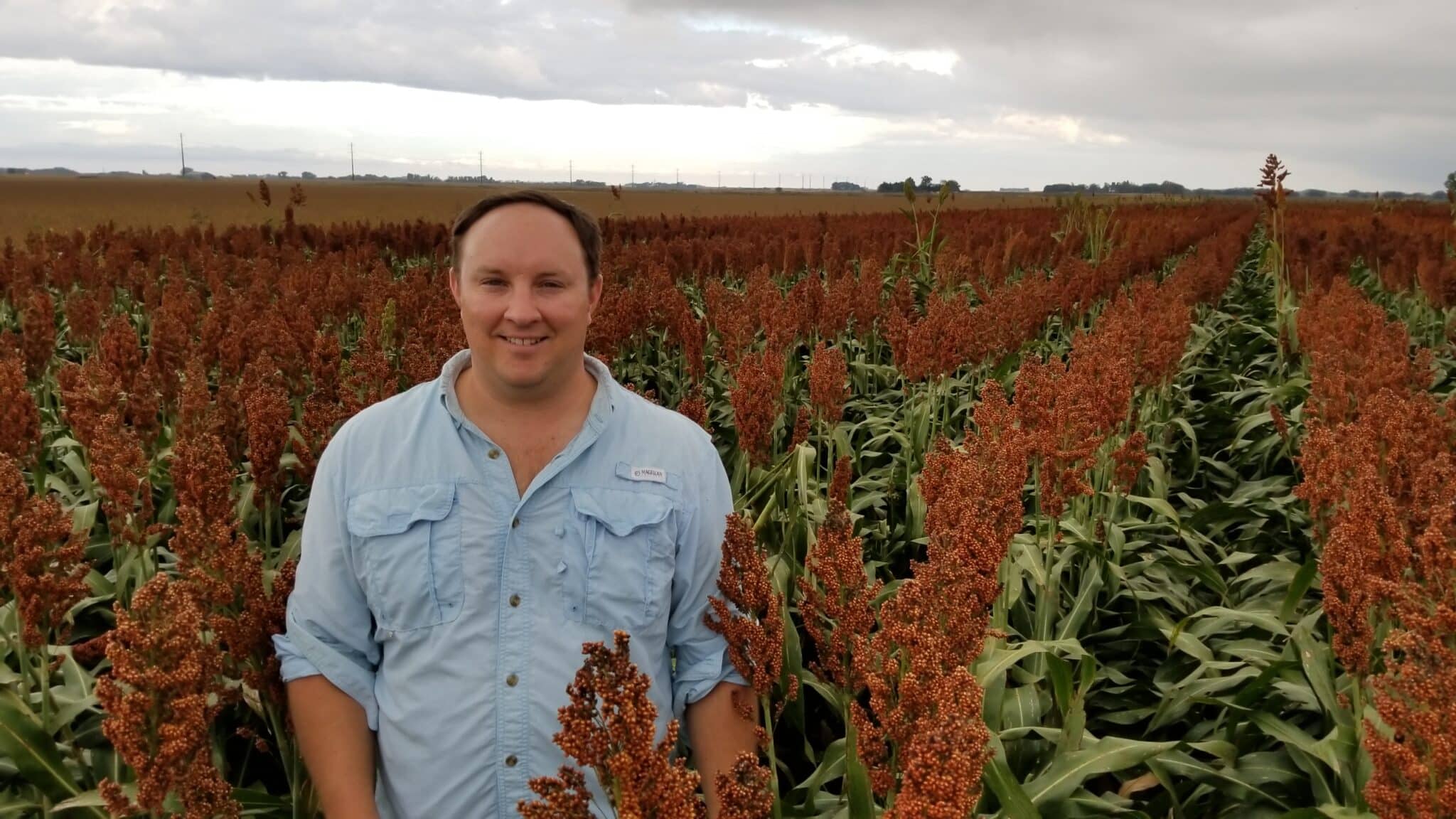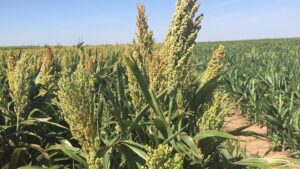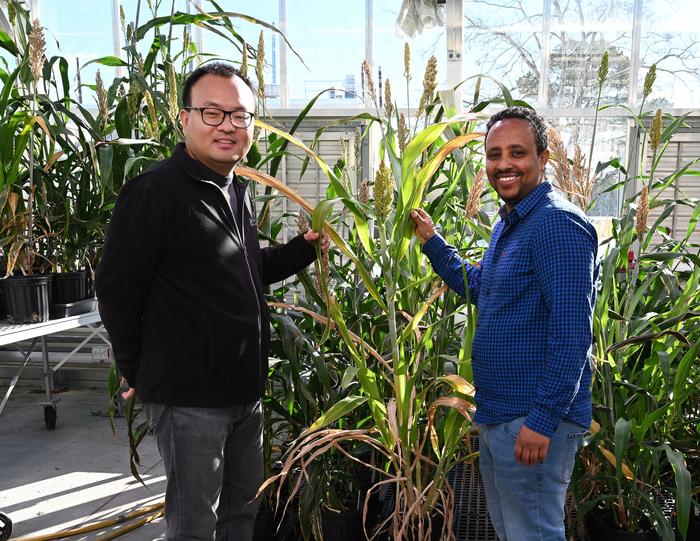Ben Beyer, U.S. sorghum breeding lead at Alta Seeds, talks about how the biggest challenge the sorghum industry could face in 2021 is grower’s perception influencing the amount of sorghum acres grown.
Seed World (SW): What are you currently reading on your shelf?
Ben Beyer (BB): I’m more interested in non-fiction so I recommend everyone to read Jared Diamond’s Guns, Germs, and Steel and Timothy Egan’s The Worst Hard Time. I am currently reading Malcolm Gladwell’s The Tipping Point.
SW: Best place to travel?
BB: Being a native Texan and proud of my home state, my two favorite places are the Texas Coast and Hill Country. I’ve taken a big interest in inshore saltwater fishing and chasing Redfish and Speckled Trout with both conventional and fly-fishing gear in my kayak. The Texas Hill Country offers lots of scenic views accessed via hiking trails and nice clean rivers with our state fish the Guadalupe Bass that are a lot of fun with a fly rod.
SW: What’s one thing you’re looking forward to in 2021?
BB: I’m really looking forward to the launch of ALTA Seeds sorghum igrowth herbicide tolerance technology and our EMPYR Premier Forages brand. Sorghum in my opinion is underutilized, undervalued, and lagging behind other crops in terms of technology and differentiation. The herbicide technology will be a game changer in the industry and will provide growers with new weed control options that has been a big success in other geographies.
SW: No. 1 challenge sorghum might face in 2021?
BB: Given China’s influence on the market the past 5 years, I’m worried about grower perception that current prices could recede further and lead to fewer acres. What I have noticed is that given sorghum’s acreage the past decade is there is always a buyer either domestic or international and even having a bumper crop doesn’t lead to excess grain that is difficult to sell.
SW: Anything new in the pipeline?
BB: My program is producing some excellent new parent lines for new hybrids and I believe we will be launching some major improvements over what is currently offered in the next few years. Other than that we are looking into additional herbicide tolerance technologies and looking at some naturally occurring traits to improve energy availability and thus improve milk/ton and beef/ton in our silage and forage breeding program.
SW: In a perfect future, what’s one problem you’d eradicate from sorghum to help breeding efforts?
BB: Currently we are looking at double haploid technology in which some sources have been identified a few years ago through a project funded by the United Sorghum Checkoff Program. We have some additional possibilities identified by our molecular lab from different collections. There is much research needed to optimize the system and sorghum is a little more complicated to work with than other crops and may not have the resources needed to fund the research given the current size of the industry.












